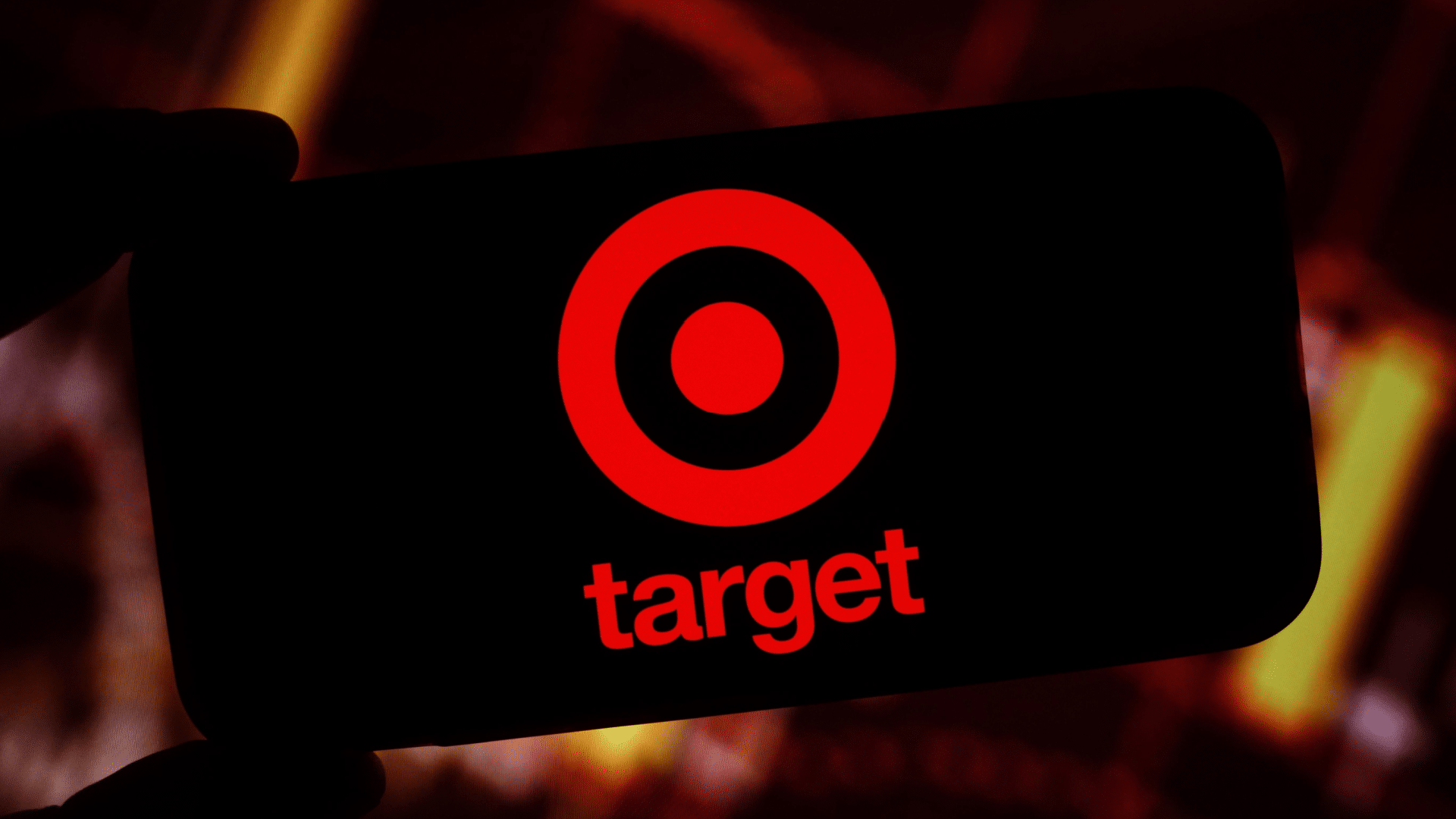The demand for intuitive, practical employee training at the moment of need is rising as workplaces continue to change amid the ongoing COVID-19 pandemic. An increase in learning occurring in the course of work is one of this year’s workplace forecasts, according to Training Industry’s Trends 2022 study.
We occasionally lose sight of what is truly important in our rush to be an agile firm that hurriedly develops hundreds of new courses and adopts new learning technology. We fail to remember that the first goal of training should be to assist employees in resolving daily problems before moving on to other topics.
To advocate the continuous learning process, Josh Bersin, a global industry analyst, developed the concept of LIFOW (learning in the flow of work).
What Exactly Is the Idea of Learning in the Flow Of Work?
The pace of work is intense in today’s highly competitive instant messaging environment. Employees have minimal opportunity to develop current abilities and pick up new ones because of project deadlines, text and email responses, and meeting attendance.
The learners want to access just-in-time learning resources within their workflow so they can learn whenever they want without interrupting their work. Josh Bersin’s LIFOW concept states that for continuous learning to occur, the learning resources need to be accessible inside the learner’s workflow.
The phrase “learning in the flow of work” refers to quickly finding a solution or a brief piece of educational material as you work. According to researchers, one of the top three reasons employees leave a firm is a lack of professional advancement. People want to know that their efforts are making a difference, including the chance to grow in their professions.
Employee development and, by extension, employee engagement depends on skill learning. The ideal way to tackle this learning in the current scenario is to integrate it immediately into your staff members’ regular tasks.
Tips for embedding learning in the flow of work
We now have instant access to knowledge and solutions thanks to the internet and the abundance of rapid communication technologies. We need to understand what that entails for workflow learning.
Google is credited for coining the phrase “micro-moments,” defined as “intent-rich moments when a person goes to a device to act on a need.” An average person will use their mobile device sometimes throughout the day.
Google views these instances as a stage in the consumer’s purchasing process. Let’s examine how they apply to an employee’s everyday routine and how we may use these identical micro-moments to our advantage in the workflow.
According to research, people are increasingly turning to them in times of need to solve problems and get information. When used for workplace training purposes, we must pay special attention to the “want-to-know” and “want-to-do” moments that learners experience throughout the day.
Workflow learning will have a more significant impact if we can better identify these behaviors and provide them with fast, accessible, valuable content that allows them to learn during these micro-moments.
The following are a few practical tips that will help boost learning in the workflow:
- Provide Access To The Right Tools
Making information readily available increases the likelihood that someone will use it. Put the data workers need at their fingers, including seminars, procedures, historical data, and business headlines.
You can prioritize this kind of knowledge exchange in several ways, such as:
- A helpful corporate wiki: It’s crucial to have a “single source of truth” for any data that staff members could want for their tasks. Make this a company-wide initiative so staff members from other departments can access the same data. Everyone’s comprehension of how the entire organization operates is expanded.
- Open channels of communication: Your employees need a simple way to tell other employees about any questions or helpful information they may have. Slack business channels are ideal for this kind of informal, fast communication. Create a medium that is solely for learning, perhaps.
- Regular corporate updates: These are a terrific method to keep staff members informed of the broader picture and help them expand their expertise simultaneously. Upper management should often provide valuable company and industry updates. These updates might be published via email announcements, added to the business wiki, or posted to a specific Slack channel.
- Give Workers Assignments That Will Push Them To Learn
People learn best by doing. Even though it may seem obvious, your employees won’t know anything new if they consistently perform the same tasks in the same manner.
Effective managers seek chances to test their staff by distributing tasks and issues to those who will gain the most from solving them. This is especially useful for upskilling, in which workers strive to improve at what they do.
Naturally, management must exercise judgment when determining someone to assign to handle a challenging scenario. Even if the issue is mission-critical, it may still be best to delegate it to a more seasoned team member or at the very least have one oversee the solution.
- Experiment With Different Learning Formats
Written content or slide presentations like PowerPoint are the two most common formats for traditional workplace learning resources. Both of these formats are respectable in their own right, but they also need more focused attention.
Suppose time is seriously limited in your company. Your staff members may be less likely to participate in these time-consuming methods if they have trouble making time for learning. In that case, your employees may even dislike or see the learning materials as a burden, which is the exact opposite of what you want.
While working, many employees enjoy listening to music or podcasts. While they can be a distraction from in-depth work, not all of our tasks call for that much thought. Instead, use a medium like audio that they can quickly include into their day.
Another frequently disregarded format that is simple to read and comprehend is the infographic. They are ideal for disseminating brief instructions or lectures. The best part is that they may be quickly filed away for future use.
- Build A Culture Of Learning
The most critical component for incorporating learning into daily activities may be culture. Ultimately, you want to learn to become established in your employees’ routines and the standard operating procedure for your entire business.
There is no quick fix; however, the following suggestions can help you move in the right direction:
- Encourage individuals to inquire about things if they have any questions:
If they don’t understand something, they should inquire! Everything is up for discussion, including brand-new product features, strategies utilized in fruitful negotiations, and constructive feedback-giving techniques for presentations.
Encourage a high degree of psychological safety by reminding individuals that there are no wrong questions.
- Maintain “to-learn” lists:
A to-learn list of things the employee wants to clarify or learn more about might help keep the desired information in mind, while the endless to-do list typically takes precedence. This is especially helpful when life is busy, and learning could suffer.
- Leverage learning and development resources for employees:
You can’t wing it when it comes to learning and development. Utilizing behavioral science and spaced repetition, a product like Culture Amp’s Skills Coach can assist you in integrating learning into the process of your work.
Additionally, each exercise is only two minutes long and is provided daily via Slack reminders. Employees can now fit the training into their already packed schedules and proceed at their own pace.
The advantages will extend beyond the person to improve the entire business’s performance by integrating learning into the workflow of work.
Conclusion
When learning tactics are aimed at enhancing regular tasks performed in the workplace, they become crucial to how the organization learns and operates. Your employees’ irritation may be kept to a minimum, allowing them to perform confidently. Performance and knowledge gaps can be quickly closed with the proper curation of human-centric technologies and digital resources.

















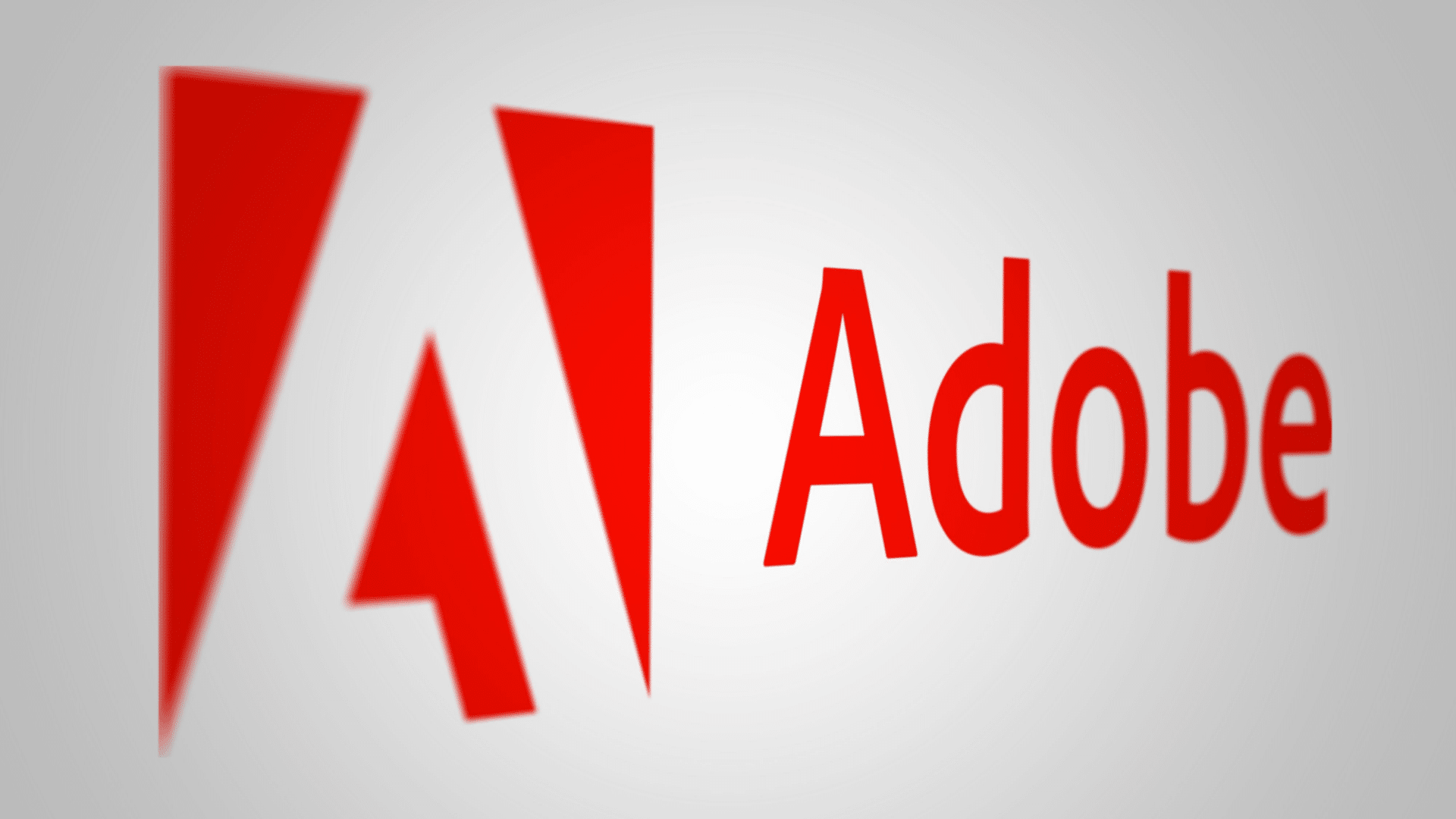







































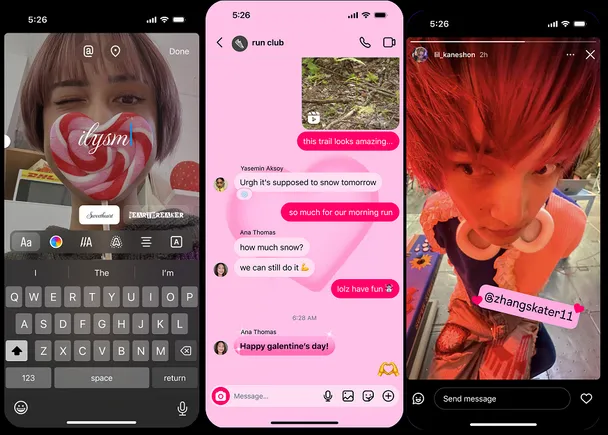
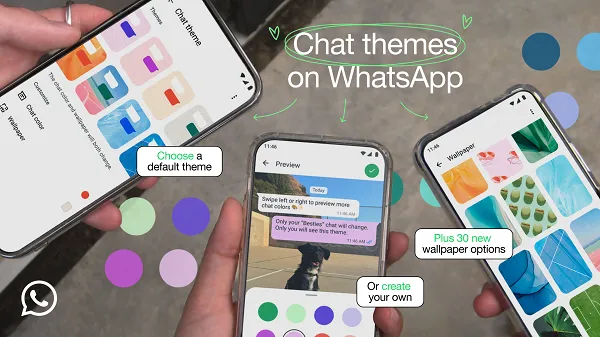
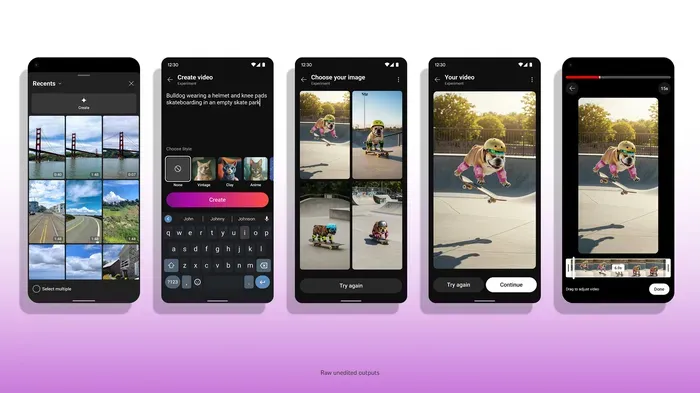
![6 Essential Ingredients for Winning Ads [Infographic] 6 Essential Ingredients for Winning Ads [Infographic]](https://imgproxy.divecdn.com/uTNt2ASUWhVsKl22uIAMtoyUXTeSV_b9Sst3p7mB1gg/g:ce/rs:fit:770:435/Z3M6Ly9kaXZlc2l0ZS1zdG9yYWdlL2RpdmVpbWFnZS82X2FkX2VsZW1lbnRzXzIucG5n.webp)








